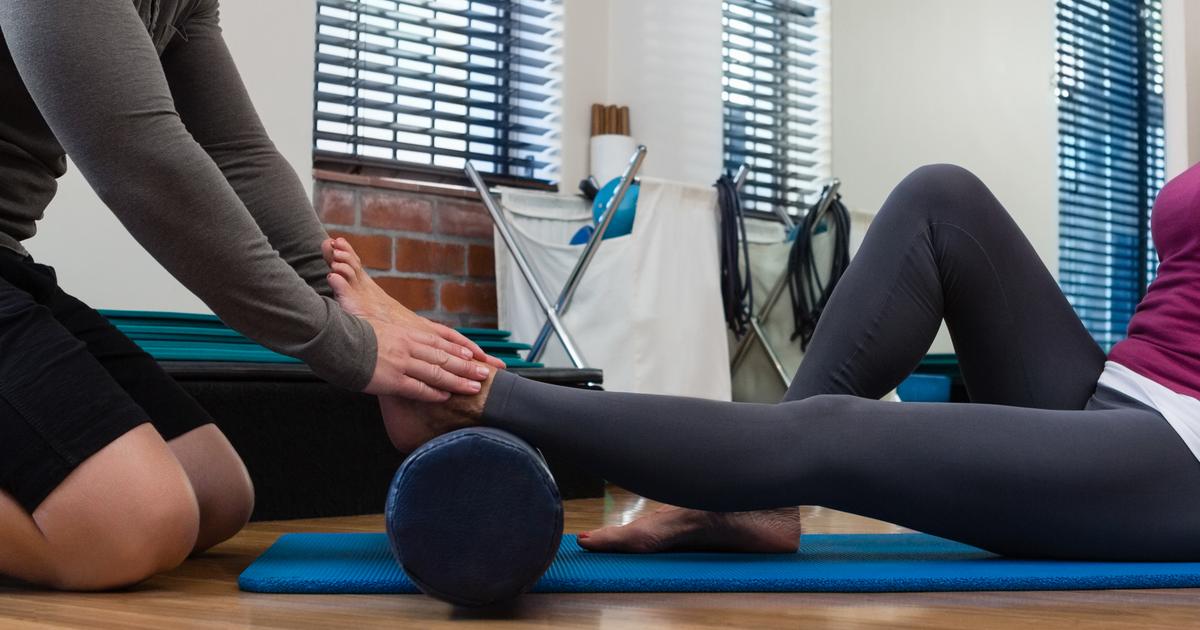Treatment Options For Heel Spurs
Heel spurs are bony growths caused by calcium deposits under the heel. They usually start in the front of the heel and can spread to other areas of the foot. They can be very painful, but some individuals with heel spurs never experience any pain. They are challenging to diagnose, as many heel spurs are too small to see. While heel pain does not necessarily mean you have a heel spur, it is a pretty common overuse injury. Some risk factors include frequent running or jumping, abnormal gait, obesity, poorly fitted shoes, plantar fasciitis, diabetes, increasing age, and having high arches or flat feet.
Shoe Inserts Or Orthotics

Shoe inserts and orthotics can help give the foot extra arch support and reduce the pressure placed on the heel spur. You can find them online and in most pharmacies, though some individuals may wish to visit a specialist. To help with heel spurs, look for shoe inserts or orthotics with firm heel support, a slightly elevated heel, and moderate flexibility. The shoe should have a little bend so your foot has a small amount of resistance when you bend or flex. Custom orthotics are the best option, as they are specially molded to your foot and slip right inside your shoe. However, they can be quite expensive and require a visit to a podiatrist, the previously mentioned specialist.
Physical Therapy

Physical therapy can help with heel spurs by strengthening and balancing the muscles and tendons around the heel spur. It can also help train your body to move in a healthy way; for example, walking with a proper gait. A physical therapist's goal is to help correct biomechanical errors that may have led to the injury. They will take you through the several stages of the healing process, which include regaining full range of motion, restoring normal biomechanics, and even footwear analysis. A physical therapist may also give patients exercises and stretches they can do at home to help with the pain.
